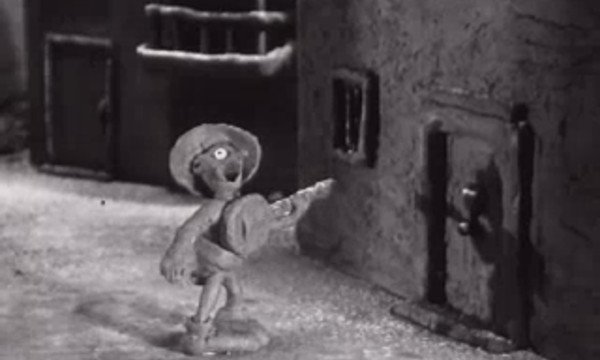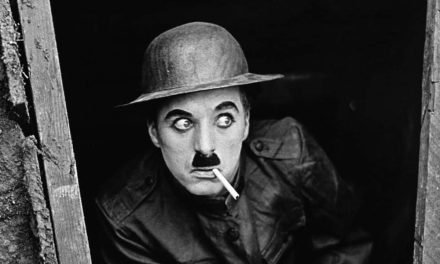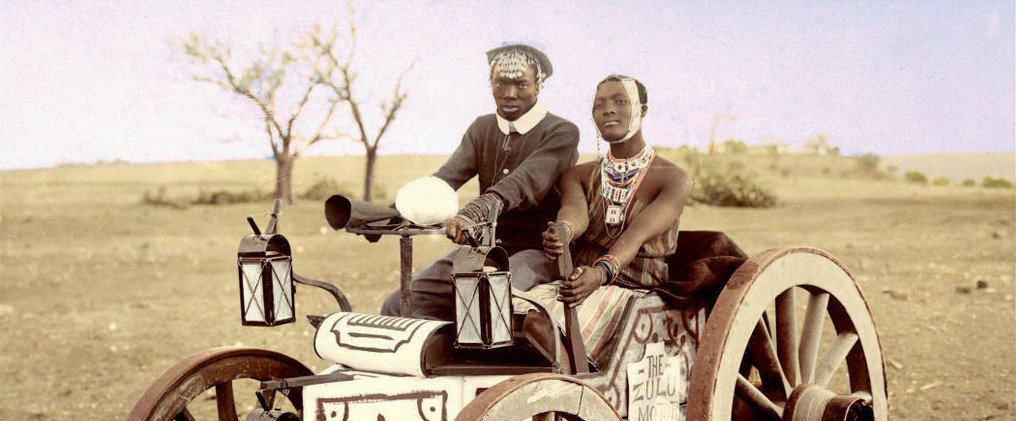Claymation is the word used to describe stop motion animation using clay. The clay, usually plasticene, is moulded into a character, sets and props and is arranged to form each and every frame.
Here’s the film:
After each shot is taken the character or set is changed and the next shot is set up. The change in the set and/or character between each shot is tiny, and the process is repeated until the film is finished. It is obviously painstaking. Special attention must be paid to lighting to ensure that the motion and light of the film remains constant. A claymation set may remain ‘hot’ or active for many months before a film is made, and any disruption to the set may be disastrous.
Each second of film requires roughly 12 shots, with each shot being doubled to form the customary 24 frames per second of film.
Today, silicone is used instead of clay, as it retains its shape better and is more malleable without showing deterioration.
While claymation films have been produced since as early as 1908, Love Live the Bull is one of the oldest surviving films. It builds on the work of pioneer animators such as Helena Dayton Smith and Willie Hopkins.
Around the time that ‘Long Live The Bull’ was produced, cartoon animation had taken over and claymation began to decline in favour of the new ‘cel’ or slash system prevalent in cartoon animation.

















